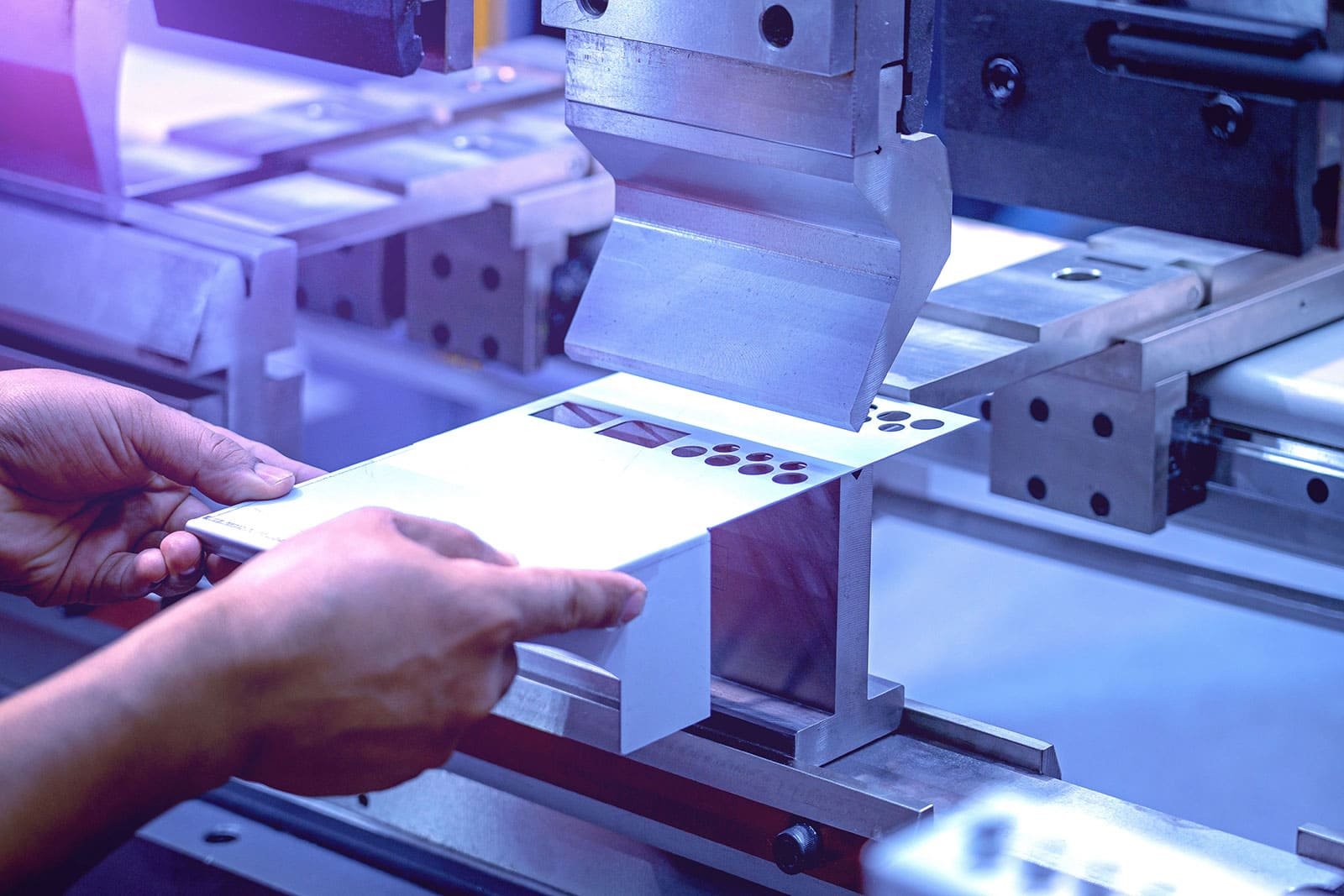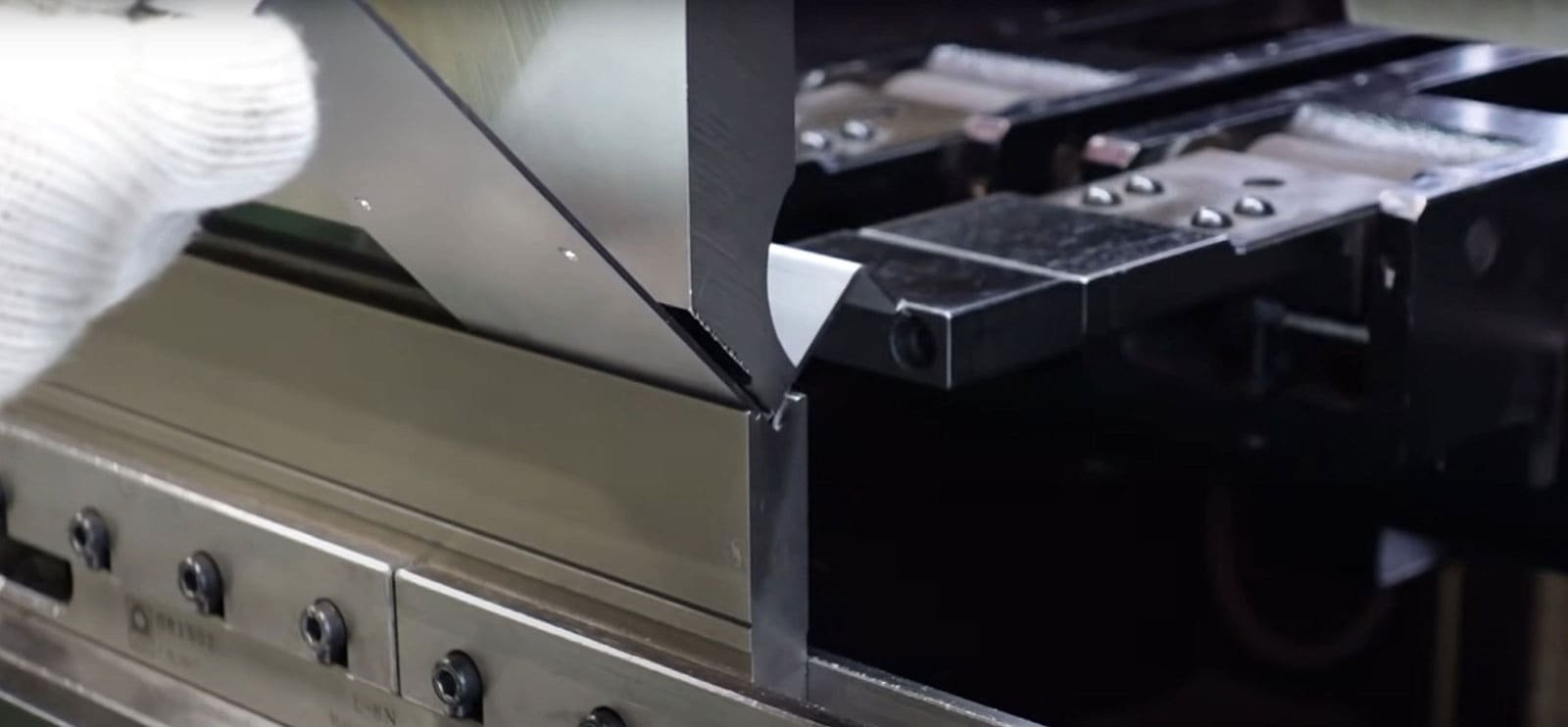What is press brake tooling?
Press brake tooling is a tool used by press brake to form and manufacture sheets.
The tooling comprises punch and die, which cooperate together and used for metal sheet punching, forming, and separating. The mold used for forming has a cavity, and the mold used for separation has a cutting edge.
In essence, press brake tooling refers to a specialized tool used for press brake, which can transform the blanks into components with specific shapes and sizes under the pressure of the press brake.
Determine the bending form and size accuracy: the shape and size of the tooling can directly determine the bending forms, such as angle, radius of curvature, etc., which is relevant to product quality.
Control the bending process: the tooling can fix the metal sheet on a specific location and control its deformation under pressure to keep the bending consistent.
Improve production efficiency: through fast-changing tooling, the tooling switching of the different products can be finished in milliseconds, largely shortening the switching period.
Prolong the lifespan: the tooling made with abrasive material and dealt with surface treated has several times longer lifespan.
Reduce the production cost: use precise tooling can improve productivity and decrease the waste rate caused by tooling consumption.
Achieve specific requirements: through CNC technology, the tooling can be bent into any form and meet some particular product manufacturing.
What material is the Press brake tooling made of?
The press brake tooling is usually composed of various steels, such as T10 steel, S45C, 42CrMo4, and Cr12mov.
These steels feature high intensity, toughness, and abrasiveness, suitable for the strict application needs of press brakes.
The specific choice for steel depends on factors like the lifespan of the tooling, forming material, and the required level of precision.
How long is the press brake tooling?
Generally speaking, the mold length range of common bending machine models is as follows:
Small machine (working length 1-2 meters): mold length 0.5-1.5 meters
Medium-sized machine (working length 2-4 meters): mold length 1-3 meters
Large machine (working length more than 4 meters): mold length 2-5 meters
Apart from these, the professionally customized large-size molds’ length can live up to 5-10 meters.
The reasonable design of the die structure, the press brake model, and the product’s feature can determine the best length for bending tasks.
What are the angles for press brake tooling?
The angle of the press brake tooling is changed according to the actual application and requirements.
The most common types of press brake tooling include v die, u die, and z die, which are used to create different bending shapes.
The angle of the v die ranges from 85 to 90°, and the punch’s angle usually ranges from 85°to 88°.
The angle of the u die ranges from 30 to 85°, and the punch’s angle usually ranges from 85°to 88°.
The angle of z die ranges from 30 to 85°, and the punch’s angle usually ranges from 85°to 88°.
Please note that different manufacturers have their own preferences for the angle of press brake tooling.



